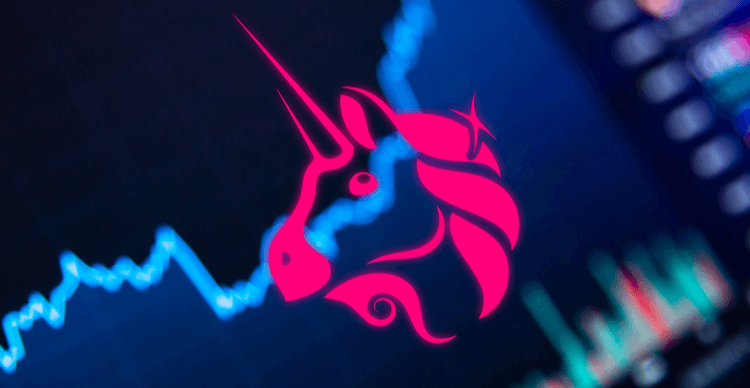Fed’s Mester backs rates above 4% early next year, no 2023 cuts
The Federal Reserve needs to raise its benchmark rate above 4% by early next year and leave it there for some time to help cool inflation, Cleveland Fed President Loretta Mester reiterated on Wednesday, making it clear she doesn’t expect the central bank to cut rates in 2023.
“My current view is that it will be necessary to move the fed funds rate up to somewhat above 4% by early next year and hold it there,” Mester said Wednesday in remarks prepared for an event organized by the Dayton Area Chamber of Commerce. “I do not anticipate the Fed cutting the fed funds rate target next year.”
Fed officials speaking this week have stressed they are committed to defeating inflation but remained vague on how big their policy move will be next month.
Mester likewise reserved judgment.
“The size of rate increases at any particular FOMC meeting and the peak fed funds rate will depend on the inflation outlook,” she said, referring to the policy-setting Federal Open Market Committee.
Chair Jerome Powell declared in a speech Aug. 26 at the Fed’s annual retreat in Jackson Hole, Wyoming, that bringing price pressures down toward their 2% target was the Fed’s “overarching focus.” He signaled that officials would not blink in their fight against inflation, even though it will likely cause pain for US households and businesses.
Policy makers lifted their benchmark rate by 75 basis points at their last two meetings. Powell has said that another unusually large move could be on the table for next month, but said the decision will be based on the “totality” of economic data officials receive before they meet on Sept. 20-21.
While the risks of a US recession have risen, Mester said such a contraction isn’t part of her baseline. The strong labor market suggests the economy isn’t experiencing one, she said, though the unemployment rate could rise above 4% by the end of next year and there could be a “fairly sharp” slowdown in economic activity.
However, the official said a downturn would not stop the Fed’s efforts to tame prices.
“Even if the economy were to go into a recession, we have to get inflation down,” Mester said while answering questions from the audience after her speech.
US jobs openings in July and a consumer confidence gauge both topped forecasts, according to reports released Tuesday. The figures point to strength in household and labor demand that risks sustaining inflationary pressures and, potentially bolstering the argument for another big move.
However, officials have more information to review before they gather, including the monthly jobs report on Friday and an update on consumer prices due in two weeks.
Mester said she expects inflation to move down to a range of 5% to 6% this year and to “make more progress” toward the Fed’s goal over the next two years. But that will only happen if the Fed continues raising interest rates, she said.
“This is going to be a long fight,” Mester said. “This is not a ‘one-and-done’ situation. We’ve got to bring it, continue to raise interest rates.”





